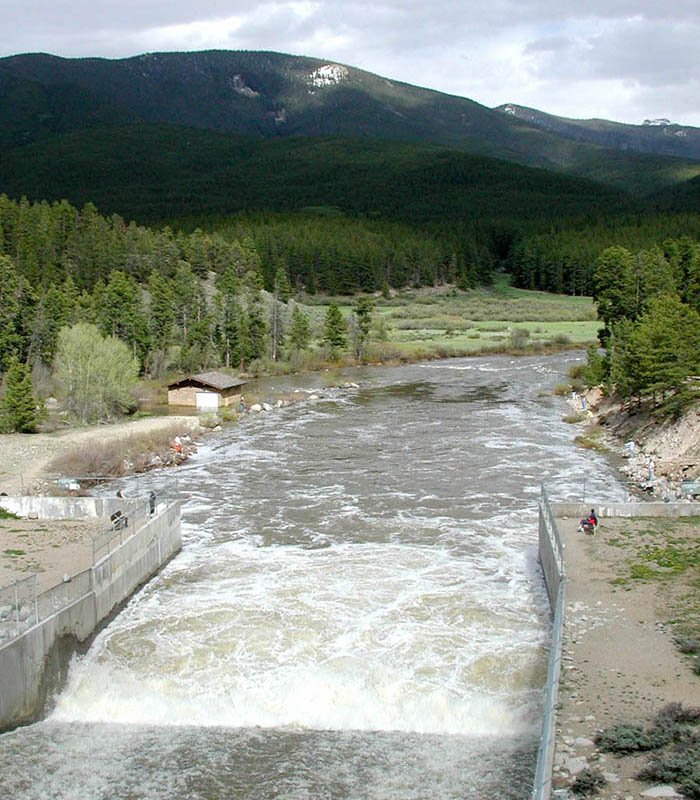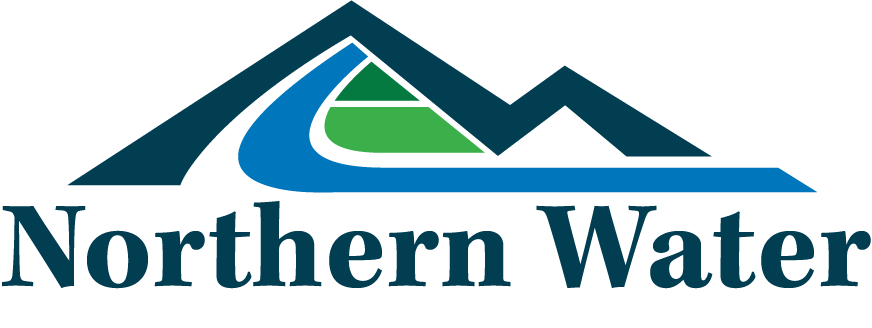C-BT Quota
Setting a Quota
The Colorado-Big Thompson Project provides supplemental water to Northeastern Colorado, where native water supplies are often insufficient to fulfill all of the region’s water needs. Each April since 1957 the Northern Water Board of Directors has set a C-BT Project water delivery quota, which quantifies the amount of C-BT water the Board makes available to allottees each year within Northern Water boundaries.
Because the C-BT Project was built primarily to deliver supplemental irrigation water to agriculture, April is an ideal month to determine how much supplemental water is needed for the April through October irrigation season.
However, beginning in the 1960s, C-BT Project water began to increasingly help supply population growth and industrial needs year-round. Construction of the Southern Water Supply Project pipeline during the 1990s reinforced this trend. In response, in 2001 the Board began declaring an initial quota effective November 1 each year, enabling staff to establish winter water delivery accounts and make water transfers prior to the traditional April quota.
How the Quota Works
Quotas are expressed as a percentage of 310,000 acre-feet, the amount of water the C-BT Project was designed to deliver each year. A C-BT Project unit is equal to 1/310,000 of the total quantity of water the Board makes available in any particular year.
The Board typically sets a 50 percent November quota. Prior to 2001 (when the Board first established an initial November quota), the April quota traditionally ranged from 50 percent to 100 percent. Since 2001, the April quota supplements the Board's initial quota established the prior November.
A 100 percent quota makes 310,000 acre-feet of water available for delivery. In this scenario each C-BT allottee receives 1 acre-foot of water for each unit owned. Under a 70 percent quota each allottee receives 7/10 of an acre-foot per unit. And under a 50 percent quota declaration each allottee receives 5/10 of an acre-foot per unit.
Historical Quota Data
Quota Decision Factors
The Board of Directors considers several factors before declaring a quota:
- The amount of water stored in C-BT Project reservoirs.
- The amount of water stored in non-C-BT reservoirs in the Boulder Creek, St. Vrain River, Big Thompson River, Little Thompson River, Cache la Poudre River and Lower South Platte River basins.
- The water content of snowpack in East and West slope watersheds.
- The projected spring runoff and streamflows in East and West slope watersheds.
- Soil moisture conditions.
- Estimated water needs for future years.
Besides reservoir levels and snowpack, the Board takes into account the C-BT Project’s physical capability to transport and deliver water. At full capacity the C-BT Project can transport approximately 30,000 acre-feet of water each month to the East Slope.
The U.S. Bureau of Reclamation requires the C-BT Project transport a minimum amount of water for power generation. Reclamation and Northern Water meet annually to discuss power requirements and the minimum volume of water the C-BT Project will transport that year. The Board also listens to input from water users and their supplemental water needs.
With data from numerous sources, the Board determines how much supplemental C-BT water is needed to provide Northeastern Colorado with an adequate water supply while also considering the region’s future water needs.

Water Savings Account
The C-BT Project is a supplemental water supply, so it acts as a water savings account. It generally provides more water in dry years when Northeastern Colorado’s native supplies are low, and less water in wet years when local supplies and storage reserves are more plentiful.
